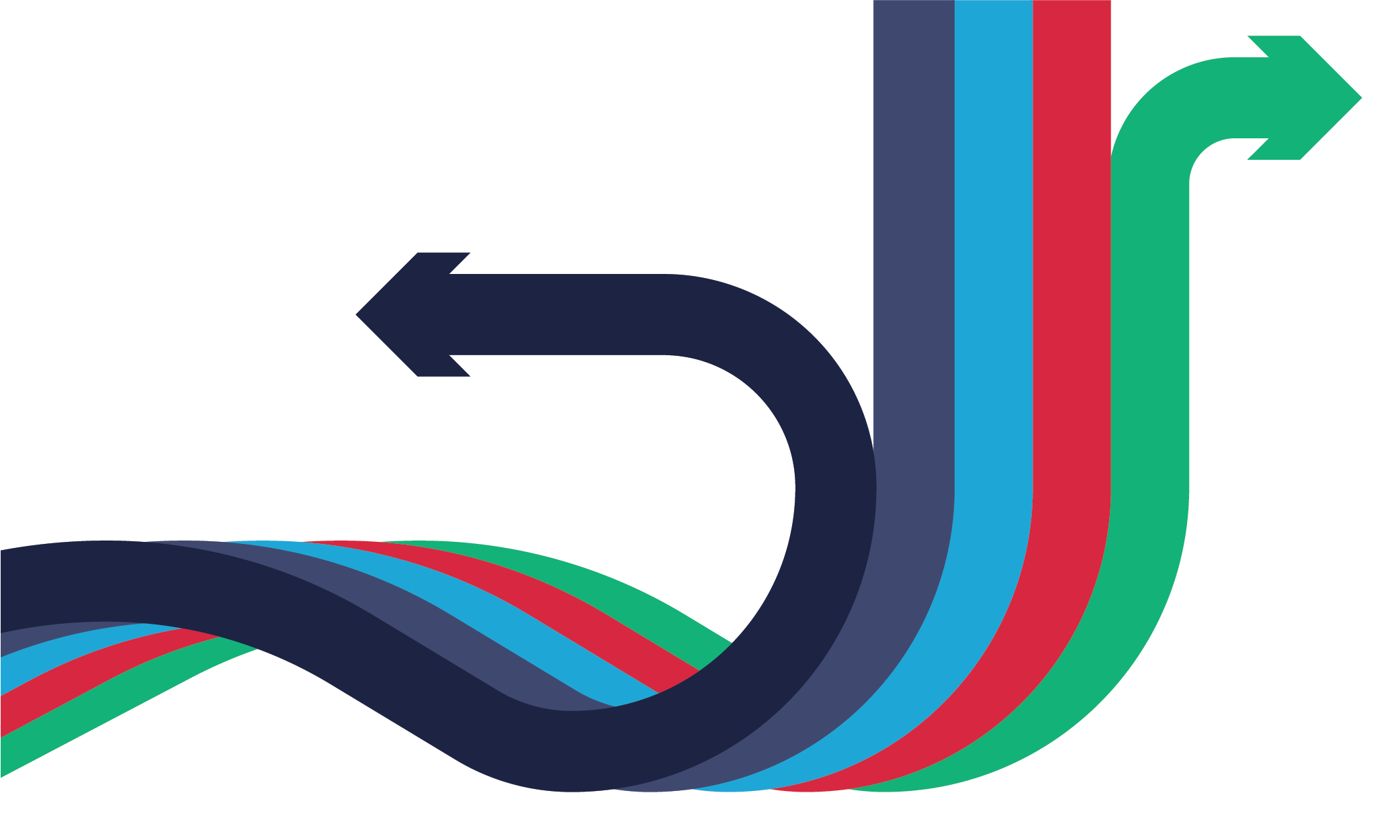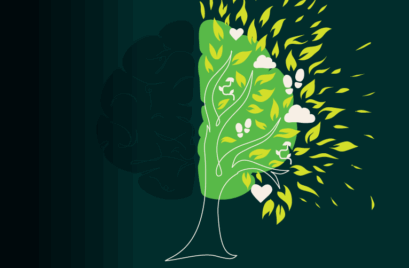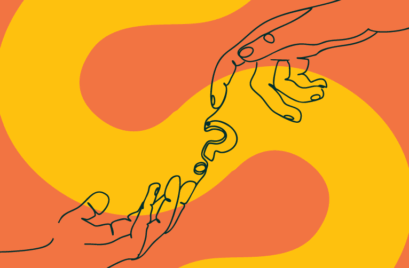
Few interpersonal relationships are more important to organisations than the dynamics of teams. It’s uncontroversial then to say that getting them right should be a priority.
On the one hand, the look of teams has changed irreparably in recent times. On the other, everything remains the same. The rise of the hybrid working team is at the forefront of everyone’s mind. But that’s not the only recent transformation. Perhaps even more fundamentally, we have seen the adoption of agile methodologies across major organisations around the world. These shifts are driven by a desire to better adapt to change and harness the power of cross-collaboration across different groups.
Despite this, certain team structures look unlikely to completely disappear in the near future. The immediate support, complementarity, and expertise that a small purposeful group can furnish is hard to replace. Teams can also develop particularly deep bonds and trust, which allow collaboration to flourish. In this way, they can achieve the ultimate goal for any team – to be greater than each of the individuals combined.
So, what does it mean to be in a team in our current context? Particularly now when we are rarely even all in the same physical space? And how can we stay focused on those things that will continuously strengthen our teams?
The “Enabling Conditions”
For a long time, team effectiveness has been linked in organisational research to enabling conditions rather than individual skills. This isn’t to say that recruitment and development is unimportant – but just that a lot of what makes teams work is environmental. Researchers point to key conditions such as direction, structure and roles, and a supportive environment.
For example, research conducted by studying almost 700 people in groups of 5 completing a wide variety of tasks, demonstrated a “general collective intelligence factor” (the equivalent of an IQ) which was not correlated with the general intelligence of the individuals but instead with:
- The social sensitivity of group members
- The equality of conversational turn-taking, and
- The amount of women in the group
What this research is speaking to is that high levels of diversity and inclusion result in better group performance. This connects to other research that has found a similar relationship between equal conversation time and collective problem-solving.
Google has published internal research with its teams which identified five key dynamics predictive of team performance:
- Psychological safety
- Dependability
- Structure & clarity
- Meaning of work
- Impact of work
Similarly, Deloitte published a recent report exploring five conditions they consider essential to enabling team effectiveness within the business ‘peloton’: These were a supportive environment, a compelling direction, diversity, effective practices, and psychological safety.
We can see that different research has highlighted different but overlapping factors with varying importance. Leaving aside the questions of purpose and values – attributes that are organisationally instituted – at Performance Frontiers, we see two dimensions for really getting teams working: our rhythm and our reach.
Our Rhythm
It’s almost universally acknowledged that teams require high degrees of social sensitivity, care, trust, and cohesion. Just as life has a rhythm to it, priortising interdependencies, so too must our teams. We think about rhythm as fundamentally the way we connect: is it positive, complementary, and honest? Are we deeply relational and connected? Does it have moments of playfulness and joy?
Without a good rhythm, things can turn bad quickly. For Lencioni, in his model of the five dysfunctions of teams, an absence of trust is located at the bottom of the pyramid and feeds into all other dysfunctions.
One approach we love for thinking about optimal functioning in teams is Timothy Gallwey’s (The Inner Games of Tennis) equation for performance (p) equaling potential (P) minus interference (I), or p = P – I. All the interferences from scarcity thinking, disconnection or conflict need to be swept away for teams to perform.
Under hybrid work, our rhythm has been threatened – we have less opportunities to connect, communicate, and trust. Loneliness and disconnection have really struck the heart of resilience for teams across all industries. So, the imperative for making space to cultivate our rhythm is in many ways more important than ever.
But while teams high in these characteristics create positive work environments, they can risk being uninspiring, and unchallenging. Research demonstrates that very high levels of cohesion do not always predict high performance where we see characteristics of groupthink and poor decision-making. That’s why we also need to develop our reach.
Our Reach
If we think back to the Gallwey’s performance equation, our reach asks: what is our potential? We want to be innovative. To be able to debate diverse ideas. To have the capability and thinking models for creativity and innovation. To have the desire for constant evolution and growth. This is what we see in nature’s continuous adaptation and ability to flourish in changing environments.
As part of this, some divergent thinking or introduction of “difference” is important. We need diverse people and diverse opinions. Nature continuously operates on a spectrum of divergence and convergence. We also need to have an environment where people feel comfortable enough to give their opinions and the group can work through the natural and constructive tensions that arise with difference.
Of course, if we have reach without rhythm, these types of teams may achieve moments of excellence but can easily slip into dysfunctional patterns of interaction.
We have also seen a challenge to this dimension of teams in the hybrid space, as we struggle to reach our potential through creative collaborations and pushing for excellence in this new environment. Collaboration is often best achieved face-to-face, and we have to be really purposeful in designing online spaces to facilitate true collaboration. For more on how to make hybrid work for you, see The Hybrid Equation.
Your Regenerative Team
So, when thinking about your teams, consider where you are sitting across these two dimensions. Are you finding your rhythm by building high levels of trust, psychological safety, and connection? And are you extending your reach through diversity of people and ideas, innovation, and pushing the boundaries for excellence?
One key tool for regenerative teams across both these measures is the practice of celebration. The positive energy created by social interaction, acknowledgment, and recognition of individual and group achievements is unsurpassed in its capacity to align our rhythm as well as extend our reach. If we celebrate our unique excellence, we will only be strengthened in the purpose lying beneath it.
Need More Help?
Keen to find out more about how your teams can find their regenerative rhythm and reach? Performance Frontiers are experts in helping guide leaders to cultivate a range of creative and strategic practices within their teams to build high levels of trust, psychological safety, and connection. Speak to us about how we can partner with you today to extend your reach through diversity of people and ideas, innovation, and pushing the boundaries for excellence.
Further Reading
Henri Schildt, The Data Imperative, Oxford: Oxford University Press, 2020.
Matthew Beard and Simon Longstaff, Ethical By Design: Principles for Good Technology, The Ethics Centre, https://ethics.org.au/ethical-by-design/#download-copy







